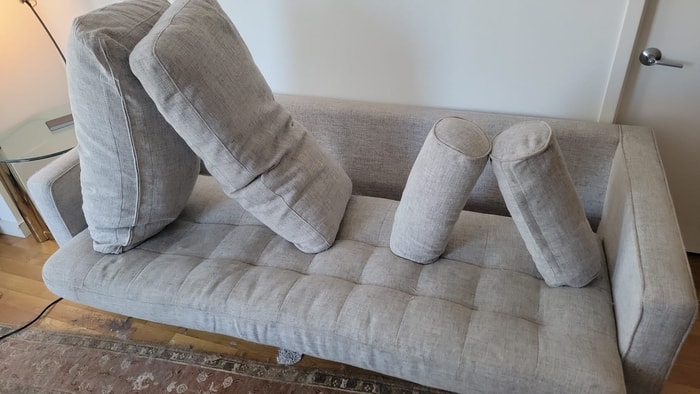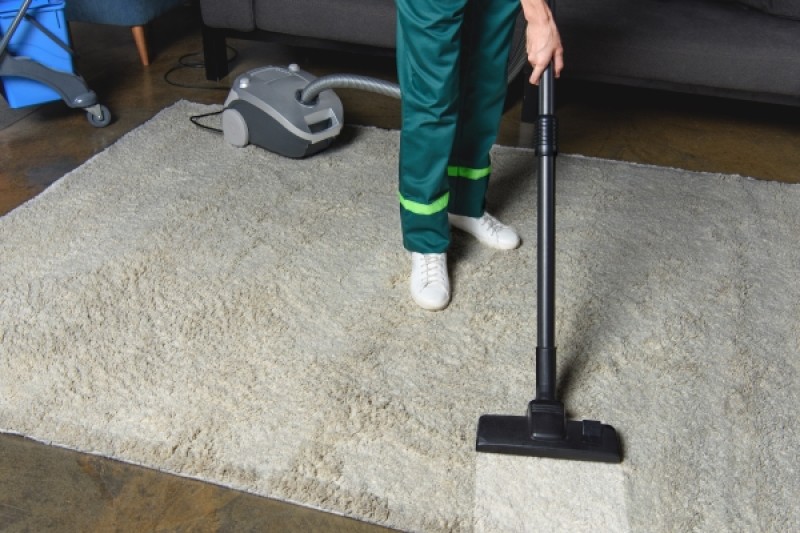Frequently Asked Questions
Viscose is a semi-synthetic material derived from wood pulp.
Viscose is used for couches and other types of upholstery due to its ability to maintain shape.
Viscose is considered environmentally friendly by some because it is biodegradable. However, its manufacturing process can have a negative impact on the environment.
Another concern is represented by the chemicals used to obtain the fabric. In order to manufacture viscose, the wood pulp needs to be chemically treated with substances such as caustic soda, ammonia, acetone, and sulfuric acid.
Another issue with obtaining viscose is that the manufacturing process uses a lot of water, depleting valuable natural water resources.
Just like paper, as viscose is a cellulose-based fiber, the material browns and becomes brittle after getting wet.
Viscose is actually one of the three types of rayon: modal, lyocell, and viscose.
Viscose is the oldest manufactured fiber, first being produced in 1883 as an affordable alternative to silk.
Viscose is not elastic, but it can be blended with other textiles such as spandex to make it stretch.
Lately, new methods to produce viscose have been developed, such as the “Lyocell process,” using N-Methlymorpholine N-oxide as a solvent. This method produces less waste and is more Eco-friendly.




